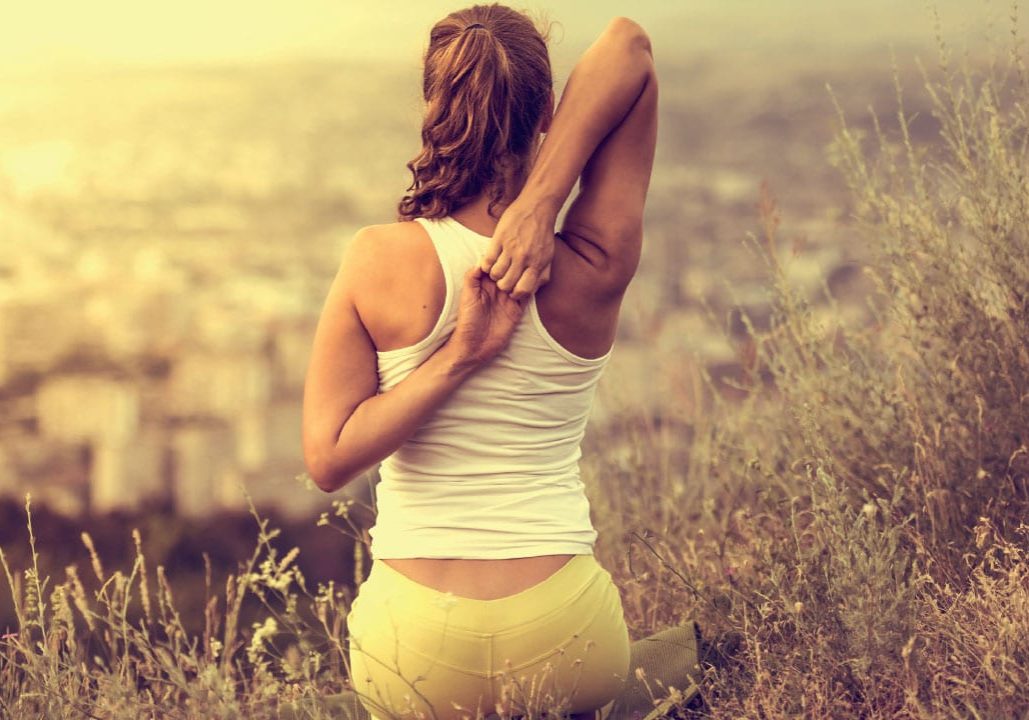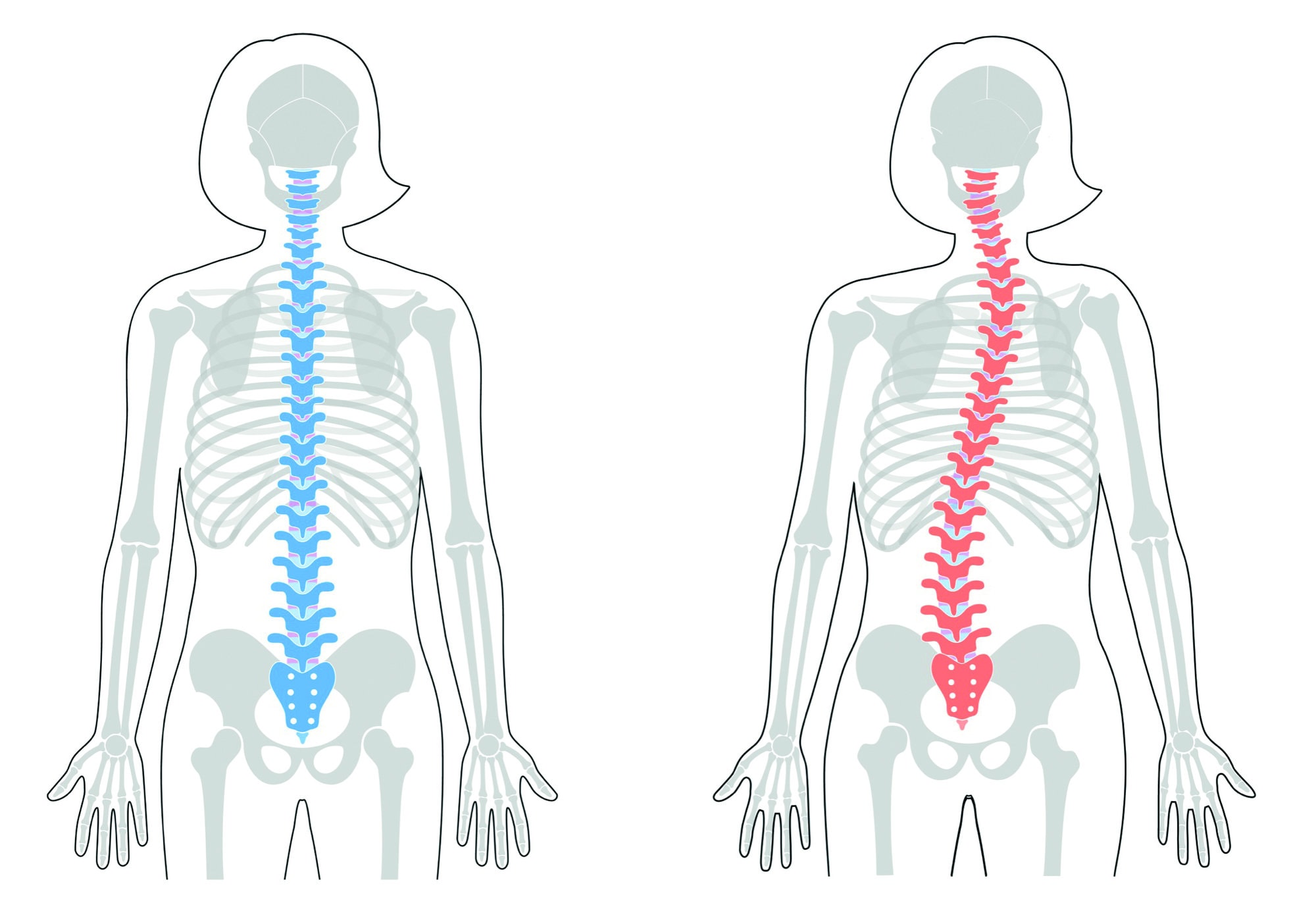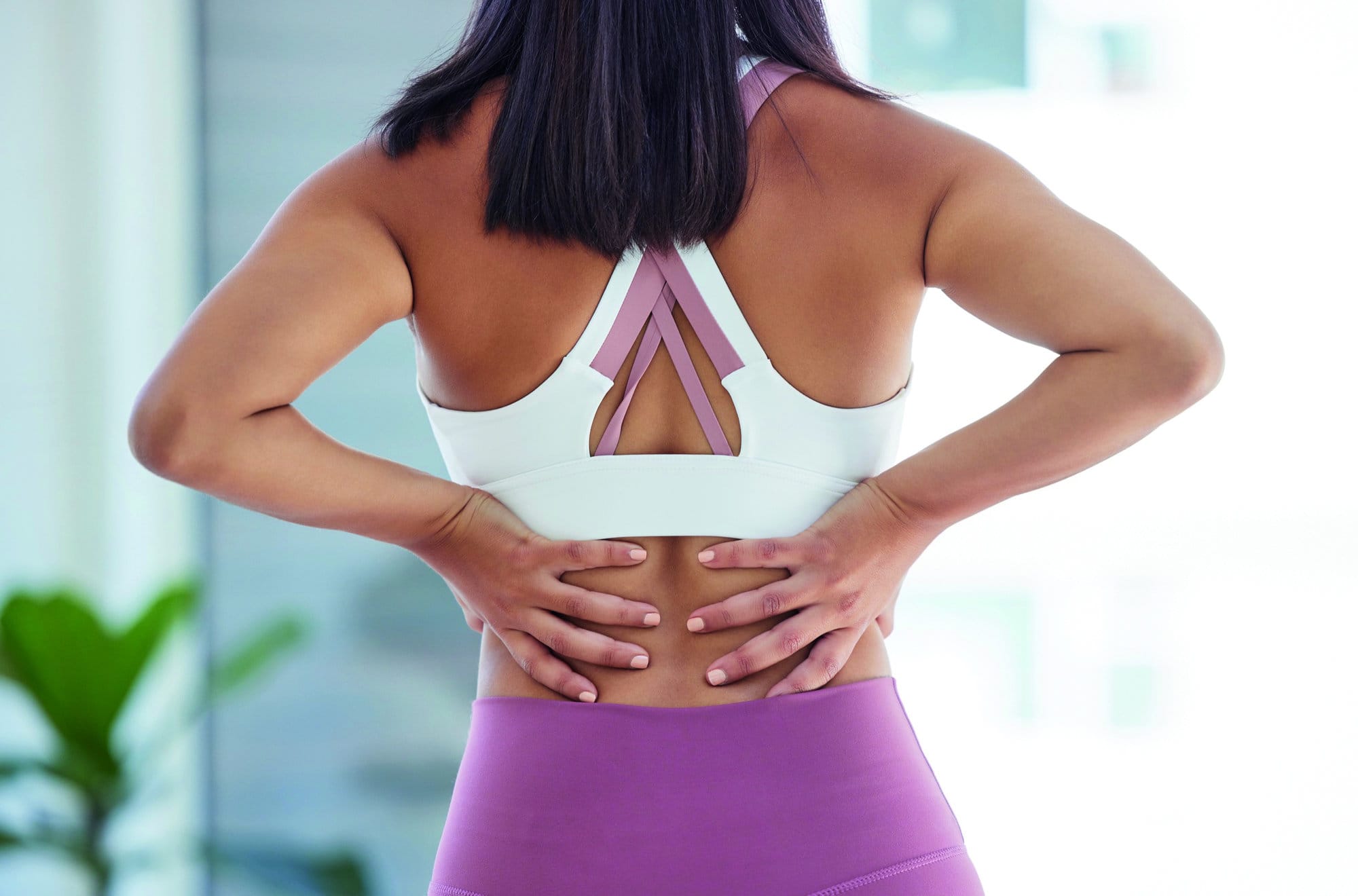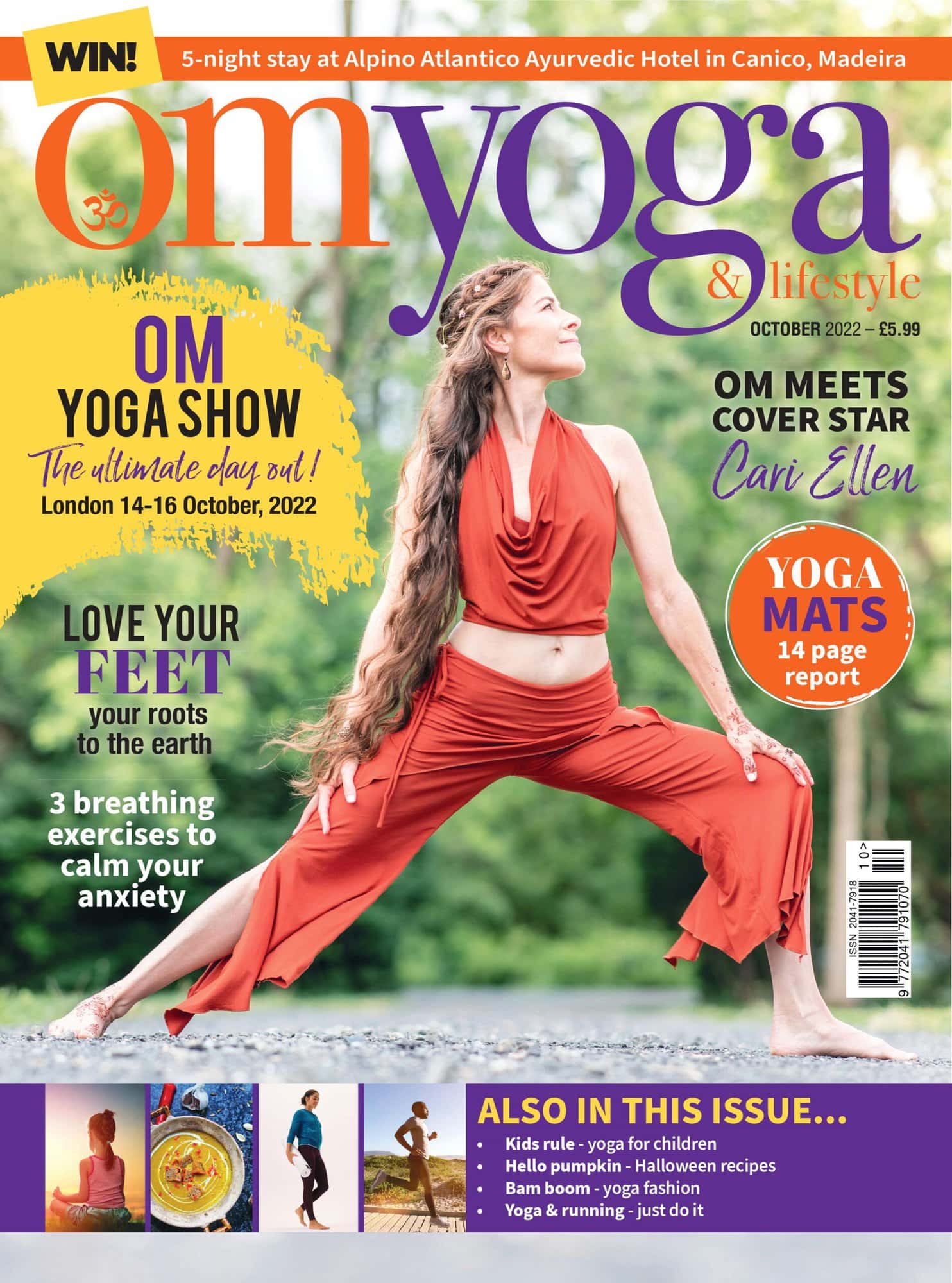
Yoga and Reverse S Curve Scoliosis
How the practice of yoga can play a role in easing scoliosis. By Fenella Lindsell
“Research in this field is still developing, but the fact that yoga takes a holistic view of the body is essential in alleviating the symptoms and working towards a long-term outcome.”
The goal of our yoga practice for those of us who have scoliosis (lateral curvature of the spine) is to improve our posture and reduce pain. Our back is our central pillar, our stabilising beam, it is our ability to stand up tall and support the upper body — but it can also be a source of great suffering.
From lower back pains to stiff shoulders, strains and slipped discs, approximately 8% of US citizens suffer from chronic back pain and 17% of UK citizens from general back pain. Much of this is induced in adulthood, but we want to take a look specifically at idiopathic scoliosis and how yoga can help with it. Overall, it is thought that scoliosis affects about 2-3% of the population.
What is scoliosis?
Idiopathic Scoliosis, and the most common type, has not been caused by injury or trauma and is defined by a spinal curvature more noticeably to one side in the thoracic spine and balanced by a smaller curve in the lumbar spine.
It is a treatable condition that most typically reveals itself in adolescence, but the severity varies greatly depending on the extent of the spinal curvature. Various treatments have proven effective over the years, but evidence indicates that yoga can be greatly beneficial.
As someone who has personally suffered from scoliosis, worn a big heavy back brace in my adolescence and practiced yoga since my early adulthood, I can testify to both the pains of scoliosis and the benefits of yoga.
How can we identify it?
Scoliosis can be easily identified by doing the Adams forward bend, essentially dropping the chin and allowing the upper back to round. The legs remain straight and the curvature can be observed easily from the hump over the ribs. It is more noticeable in the upper back where the ribs and shoulder blade can define it more.
As mentioned, the most typical scoliosis is a reverse S-shaped curve. Identifying which yoga students suffer from this is important for teachers when adjusting and adapting poses to avoid discomfort and progress on a healthy path for their back.
Moreover, classes can be tailored to support people with scoliosis, but this is only possible with the right knowledge and identification. My good friend and osteopath, Edward Paget, offers a training course for yoga teachers and therapists to more effectively understand and manage students and clients with scoliosis with his Scoliosis Protection Protocol.
How can we help it?
Yoga has a distinct ability to strengthen muscles and improve mobility. The beauty is that it helps maintain a balanced strength across the body that can help with posture and movement, but when people suffer from scoliosis the body faces an imbalance and surrounding back muscles are placed under stress.
Due to the back’s central role in the nervous system, some pain can be due to spinal misalignment that affects nerves in the spinal cord. Other back pain will come from muscles that are being over-worked. Yoga can help to stretch, strengthen and mobilise those areas of the back that are facing strain from scoliosis.
Particularly helpful in yoga is to focus on lengthening and strengthening the areas that have become short and strained. Asymmetrical yoga activities (i.e. working more on one side of the body) help to reduce the angle of curvature in a scoliotic spine.
This angle is known as the Cobb Angle and helps track the level of misalignment in the spine. The 2014 study by Fishman et al found that practicing sideways plank pose on the convex (outward bending) side of the primary curve helped to reduce the spinal curve by 32%.

Postures that can influence change
Simple postures that can be helpful in working with the more prominent top right reverse S curve are those that build strength against the curvature such as Vasisthasana or side plank; postures that work against the lower C curvature can be seated wide legged pose with lateral stretch, Parsva Upavistha Konasana.
Postures that keep the pelvis aligned and work against the very common lordotic over arched lower back are those that work with the psoas muscles in low lunges. In a right legged lunge, it is most important that the left knee on the floor remains aligned with the left hip ensuring a deep release through the left psoas muscle or hip flexors that maintain pelvic stability and join the torso to the legs.
Locust pose or Shalabhasana can be very strengthening for the big muscles of the back and shoulders.
Summarising
Idiopathic scoliosis is a hard thing to combat with just one method of treatment and yoga has not yet been proven to be the all-inclusive cure.
Research in this field is still developing, but the fact that yoga takes a holistic view of the body is essential in alleviating the symptoms and working towards a long-term outcome.
By lengthening shortened muscles, working on paired muscle groupings and helping to align the body towards balance again, yoga has the inclusive approach that scoliosis requires. Combined with other strengthening and stretching exercises, yoga may prove to be a key part of the scoliosis solution.
Fenella Lindsell is a long-established yoga instructor and the founder of Yoga Forever (yoga-forever.com)

* This article is for information purposes only. Please seek professional medical advice before commencing any new exercise programme


